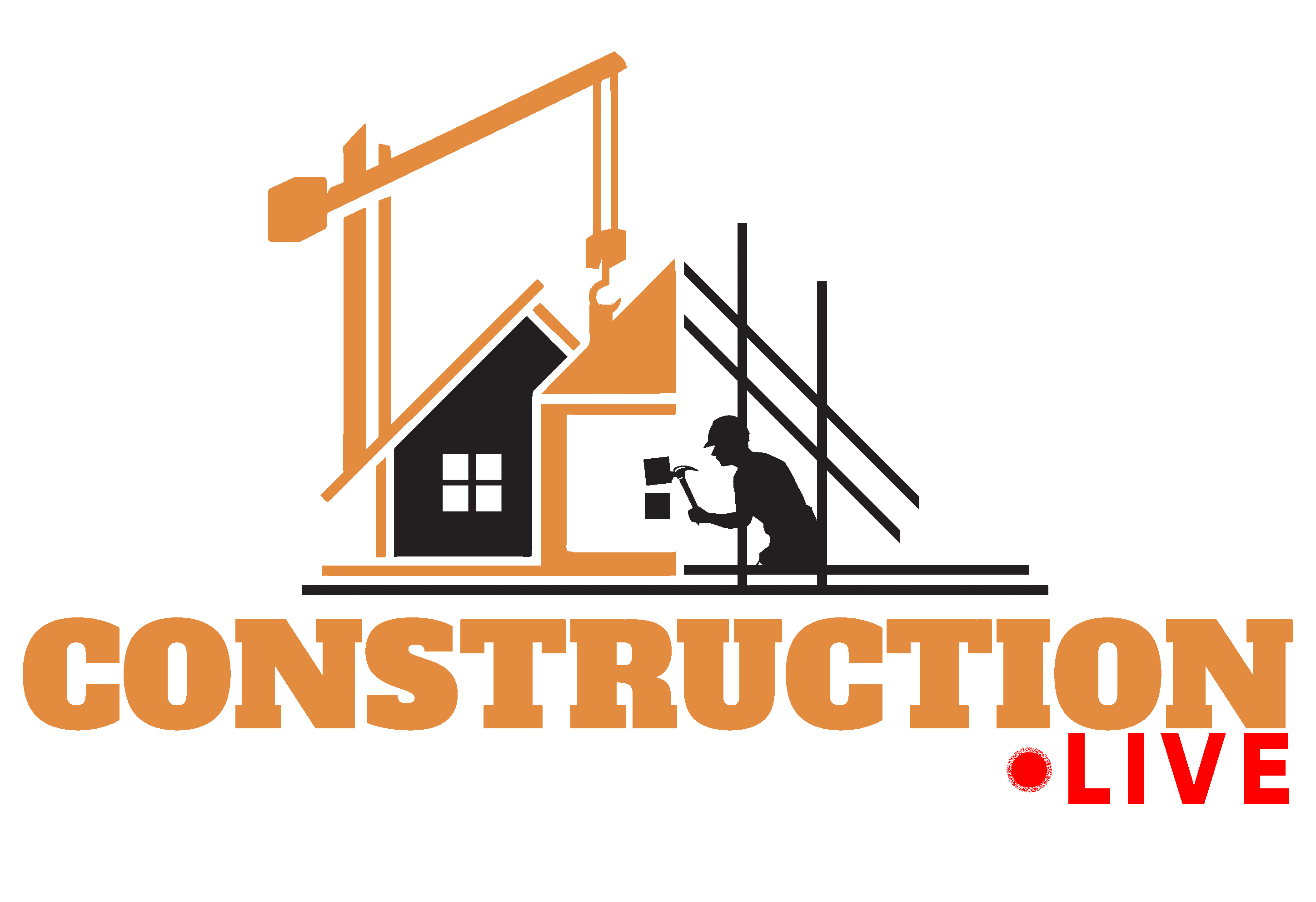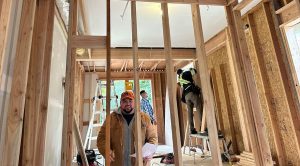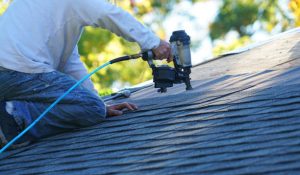Stepping into a house where every surface is brand new and no one has touched the thermostat before you. That dream is real, and this guide shows you how to find new construction homes without stress. First, you will learn why fresh builds can save time and money. You will also see clear steps that help you spot the right lot, builder, and price. Then, you will gather facts, numbers, and insider tips that turn confusion into calm. This guide from Construction brings you everything you need to search smart, choose wisely, and feel prepared at every step. By the end, you will know when to click a listing, when to call a pro, and when to walk through a model home with confidence. Ready? Let’s dig in.
Why Pick a Brand-New Home?
Buying new gives you more than shiny floors. So, smaller repair bills matter. A 2025 study shows owners of new builds spend 78% less on fixes in the first five years. Also, recent homes use smart insulation and high-efficiency systems that cut utility costs by about 20%. Even better, many builders now pay part of your closing costs. Above all, new construction offers clear warranties. Typical coverage lasts one year for labor, two for systems, and ten for structure.
Moreover, these facts bring peace of mind and steady budgets. Thinking about resale? Fresh designs and energy ratings also keep value strong. Because of that, new builds sold in 2024 fetched 9% more per square foot than similar older homes in the same zip codes. Finally, delays once scared buyers, yet the average build time has dropped to eight months, thanks to better supply chains. For many families, that wait also feels worth it.
Set Your Goals Early
Clear goals guide a smooth search. First, write three must-haves, like school zone, bedroom count, or backyard size. Then, list three nice-to-haves you can flex on, such as a loft or a three-car garage. After that, mark your price ceiling. Use a mortgage calculator and add five percent for closing fees and upgrades. Next, map your daily routes: work, school, and stores. If a drive runs longer than you like, cross that area off. Also, decide how soon you need to move.
Builds already finished may suit tight timelines, while pre-sale lots demand patience. Importantly, gather loan quotes early because builders often prefer buyers with firm approvals. Use tools and checklists like the ones we share here on Construction to compare locations and builders with confidence. Finally, talk money with all decision makers in the house, so surprises stay away. These simple steps set a clear path and keep emotions in check when glossy brochures appear.
Map Out Your Search Paths
You need strong routes to spot fresh listings fast.
- Real-estate sites: Filter by “year built 2024-2025.” Save alerts for price drops.
- Builder websites: Join interest lists for early phase releases.
- Local agents: Choose one who sells at least four new builds each year.
- On-the-ground tours: Drive through active subdivisions every two weeks and note new signs.
Below is a quick look at where new homes now cluster.
| Region | Share of New Listings | Average New Price | Average Existing Price |
| Sun Belt (NC, SC, TX) | 42% | $360,000 | $355,000 |
| Midwest hubs | 28% | $340,000 | $290,000 |
| Mountain West | 33% | $445,000 | $460,000 |
See how some new homes cost less than older ones? Use this data as leverage when you speak to sales reps. So, remember to revisit saved searches weekly; new homes move fast, yet fresh lots are released often. Stay alert, take notes, and let the numbers guide you.
Dig into Builder Reputation Before You Commit
Choosing the right builder matters more than picking paint colors. So, start with public records. Most states let you search licenses online; make sure the builder holds an active license and has no major violations. Next, read reviews on Google, BBB, and local forums. Look for patterns, not single rants. If many owners note slow fixes, plan for delays. Then, the homes completed by the same company were toured. Walk sidewalks, peer at siding lines, and chat with owners who mow the lawn. Their real-life stories often beat any glossy brochure.
“Past buyers are your time machine. They also show you what the house looks like after seasons change,” says housing analyst Maria Lopez.
Also, call city inspectors for recent communities. Ask if the builder passed final checks on the first try. A solid pass rate hints at strong site crews. Finally, check the builder’s financial health. Public builders post quarterly reports, while private firms may share bank letters. Finally, stable finances cut the risk of mid-project stalls.
Quick reputation checklist
- Active license and insurance
- 4-star average on at least three review sites
- Clear record with the local code office
- Owner references who would buy again
- Proof of strong financing
So, use this list to filter quickly. It will save you time, money, and stress while you learn how to find new construction homes that meet your standards.
Break Down Costs and Incentives Upfront
Sticker price rarely shows the whole story. Builders offer credits, upgrades, or rate buydowns that change the real cost. Before you sign, ask for a clear estimate with line items. Include lot premium, permits, design choices, and landscape fees.
Below is a sample cost table you can copy into your notes.
| Line Item | Typical Range | When Due |
| Base house price | $320,000–$380,000 | At closing |
| Lot premium | $5,000–$40,000 | Add to the mortgage |
| Structural options (extra loft, patio) | $8,000–$25,000 | 50% at design, 50% at closing |
| Design center upgrades (flooring, lights) | $10,000–$30,000 | 100% at design |
| Closing costs | 2%–4% of the loan | Closing day |
| Builder incentives | −$5,000 to −$20,000 | Reflected on the final sheet |
As you review, keep these tips in mind:
- Compare lenders. Builder-linked lenders may give lower rates but add fees elsewhere.
- Ask for incentive swaps if you do not need fancy appliances; trade that perk for a bigger credit.
- Lock rates wisely. Many lenders lock for 60 days free; longer locks cost more. Time it with your build schedule.
- Watch taxes. New neighborhoods often carry higher tax rates for fresh roads and sewers.
By tallying real numbers up front, you avoid budget shocks. This step is key when you teach friends how to find new construction homes without hidden costs.
Tour Like a Pro: Model Homes and Job Sites
Seeing a plan on paper feels safe, yet boots-on-ground visits reveal the truth. First, tour model homes on weekdays when crowds are thin. Notice room flow, closet depth, and window placement. Snap photos and jot room sizes. Later, compare them to the printed floor plan; small changes sometimes slip in.
Furthermore, walk live job sites with safety gear and site staff permission. Look at framing joints, plumbing runs, and roof lines before drywall hides them. Fresh lumber should sit straight, not bowed. Pipes should run cleanly through studs without jagged cuts. If something seems off, ask the site manager right away; fixes cost less before walls close.
Bring these items on every visit:
- Tape measure and level
- Notebook or app for date-stamped notes
- Blue painter’s tape to mark concerns
- Copy of your option sheet
During each tour, stay polite but firm. Document any issues and email photos the same day. Clear, written logs help if warranty questions arise later.
Moreover, touring this way gives you control, builds trust with the site team, and ensures the finished space matches your dreams. Your notes will also guide future buyers who ask you how you found and vetted new construction easily.
Finally, attend the pre-drywall inspection and the final walkthrough with a licensed inspector by your side. Many states also allow you to hire your pro even inside gated communities. An extra set of trained eyes often spots small gaps in caulk or insulation that affect comfort later.
Pre-Purchase Checks and Pro Tips
Before you sign, pause and give the home a hard look. Even the best new builds can hide small flaws that cost money later. A short review now protects both your wallet and your peace of mind. Start with the builder’s schedule, warranty, and any soil or drainage reports. Then plan two separate inspections—one before drywall and one right before closing—to catch mistakes while they are still easy to fix. With a clear plan, you stay in charge and avoid last-minute stress.
- Book a licensed inspector early. Secure a pro for pre-drywall and final checks the day you pick a lot.
- Confirm drainage grades. The yard should slope away from the walls so water never pools by the slab.
- Ask for weekly build photos. Pictures track work behind walls and help prove quality if issues arise.
- Review HOA limits now. Learn rules about fences, sheds, and paint colors before you dream too big.
- Lock upgrade prices in writing. Get fixed numbers for floors, counters, and lights before construction starts.
- Check energy scores. Ask for a HERS rating under 60 to keep monthly bills low.
Finally, follow these steps, and how to find new construction homes becomes clearer, safer, and far less risky.
FAQs
Q1. How long does a new build really take?
Most tract homes finish in eight months. Custom jobs may stretch to a year. Ask for a written schedule and watch progress every month.
Q2. Are new homes always more costly than older ones?
Not today. In many Sun Belt cities, the median price gap is under four percent. In a few spots, it’s even cheaper.
Q3. What inspections do I need?
Plan on two: a pre-drywall check and a final walk. Hire a licensed inspector each time. Early fixes save big cash later.
Q4. Can I haggle with the builder?
Yes, but target upgrades and fees are not the base price. Ask for closing-cost credits, better floors, or a fridge instead of a discount.
These fast facts cut worry and speed up your path. Keep them handy as you explore how to find new construction homes that fit your life.
Your Road to a Brand-New Home Starts Here
You started this guide curious. Now you carry clear steps, sharp checklists, and real numbers. So, decide why a fresh build suits your needs. Then, scan trusted sites, walk model homes, and vet each builder with care. While you compare costs, remember to hunt for incentives that lower the final price. After that, tour job sites often and note every detail. Because you ask strong questions early, the build team will respect your voice.
Before you sign, read each clause twice and keep digital copies. Secure your loan lock only when the timeline feels tight. Finally, stay flexible. Weather shifts or supply issues can add weeks, yet most delays resolve with calm talks and clear emails. Here at Construct N Build, we’re proud to guide you from start to sold. Buying new construction may feel huge, yet each small action you take today turns a dream into a front door you can open soon. So, open your notes, set your alerts, and take the first step toward that fresh-paint smell.






